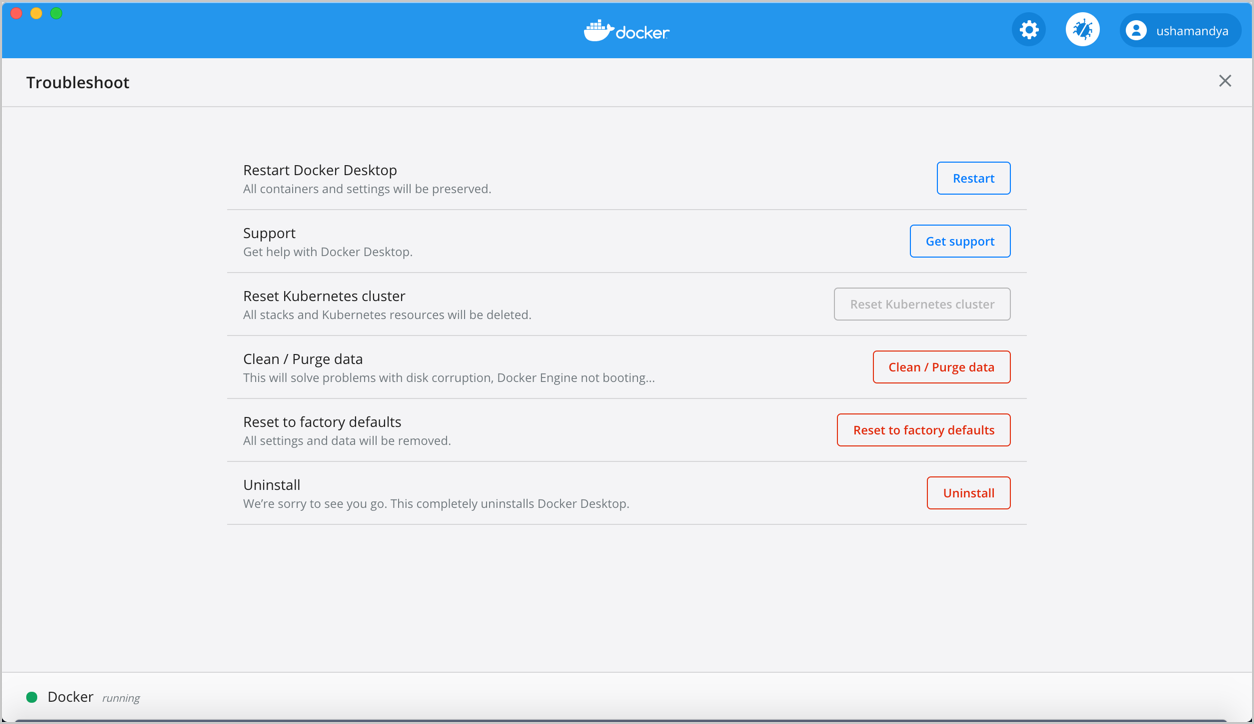

The Docker Compose will link the two containers together. For this Django application, let's create two containers: one for a database, and one for the application itself. With this done, your example is ready, and you can start configuring docker containers. P圜harm can suggest creating a virtual environment based on the project requirements recorded in the requirements.txt file. Select File | Open from the main menu and specify the path to the downloaded project. Then click OK to close the project settings.ĭownload the project archive from GitHub, unpack it, and save it on the local drive. Ensure that the Enable Django Support checkbox is selected. Press Ctrl+Alt+S to open the IDE settings and select Languages & Frameworks | Django. Let's use a Django application with a PostgreSQL database running in a separate container.
#DOCKER IP NOT WORKING FOR MAC INSTALL#
Note that you cannot install any Python packages into Docker-based project interpreters.


For example, if you're on macOS, select Docker for Mac. In the Settings/Preferences dialog Ctrl+Alt+S, select Build, Execution, Deployment | Docker, and select Docker for under Connect to Docker daemon with. If the plugin is not activated, enable it on the Plugins page of the IDE settings Ctrl+Alt+S as described in Manage plugins. The plugin is bundled with P圜harm and is activated by default. Note that you might want to repeat this tutorial on different platforms then use Docker installations for macOS and Linux (Ubuntu, other distributions-related instructions are available as well).īefore you start working with Docker, make sure that the Docker plugin is enabled. You can install Docker on the various platforms, but here we'll use the Windows installation. Once you have successfully configured Docker, you can go offline.ĭocker is installed. Make sure that the following prerequisites are met:Įnsure that you have a stable Internet connection, so that P圜harm can download and run busybox:latest. Configure an interpreter using Docker Compose Prerequisites


 0 kommentar(er)
0 kommentar(er)
